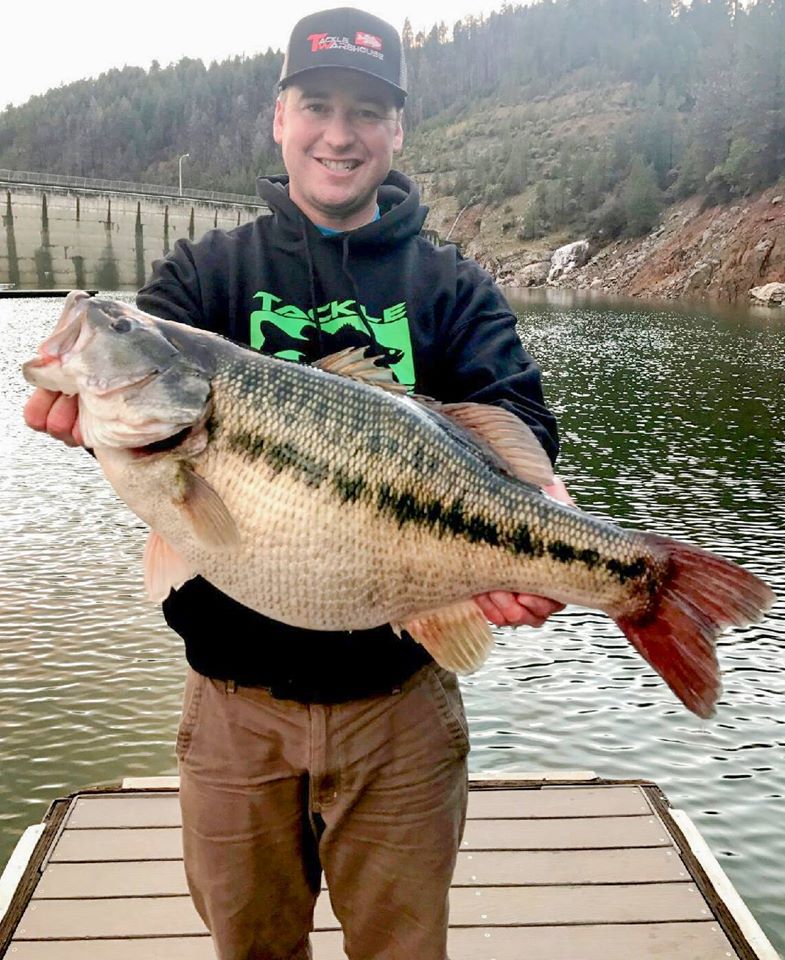
They vary in colour from brownish black to tan or grey underparts are generally lighter.

Individual harbor seals possess a unique pattern of spots, either dark on a light background or light on a dark. Once a common practice, sealing is now illegal in many nations within the animal's range.ĭescription Skull of a harbor seal Skeleton of a harbor seal in the Seal Museum in Iceland The global population of harbor seals is 350,000–500,000, but the freshwater subspecies Ungava seal in Northern Quebec is endangered. They develop quickly on their mothers' fat-rich milk, and are weaned after four to six weeks.

Pups can weigh up to 16 kg (35 lb) and are able to swim and dive within hours of birth. Females bear a single pup after a nine-month gestation, which they care for alone. Males may fight over mates under water and on land. Harbor seals stick to familiar resting spots or haulout sites, generally rocky areas (although ice, sand, and mud may also be used) where they are protected from adverse weather conditions and predation, near a foraging area. Females outlive males (30–35 years versus 20–25 years). Blubber under the seal's skin helps to maintain body temperature. An adult can attain a length of 1.85 m (6.1 ft) and a mass of up to 168 kg (370 lb). Harbor seals are brown, silvery white, tan, or gray, with distinctive V-shaped nostrils.

The most widely distributed species of pinniped (walruses, eared seals, and true seals), they are found in coastal waters of the northern Atlantic and Pacific oceans, Baltic and North seas. The harbor (or harbour) seal ( Phoca vitulina), also known as the common seal, is a true seal found along temperate and Arctic marine coastlines of the Northern Hemisphere.


 0 kommentar(er)
0 kommentar(er)
